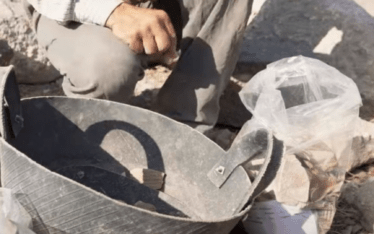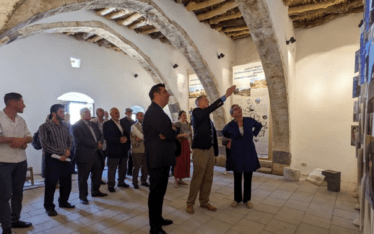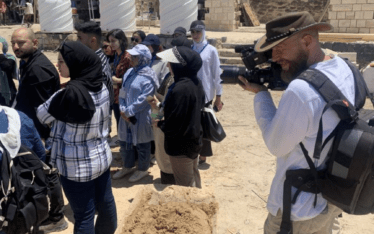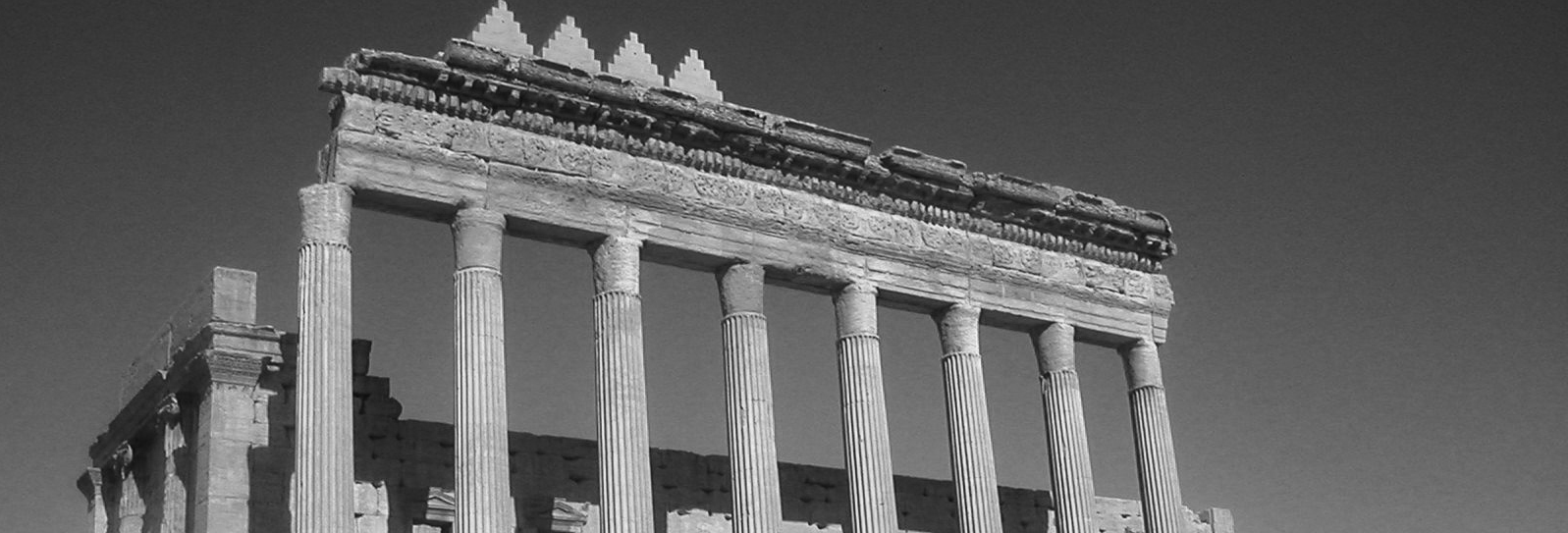
Conference | The Fragment In the Digital Age
- Home
- Conference | The Fragment In the Digital Age

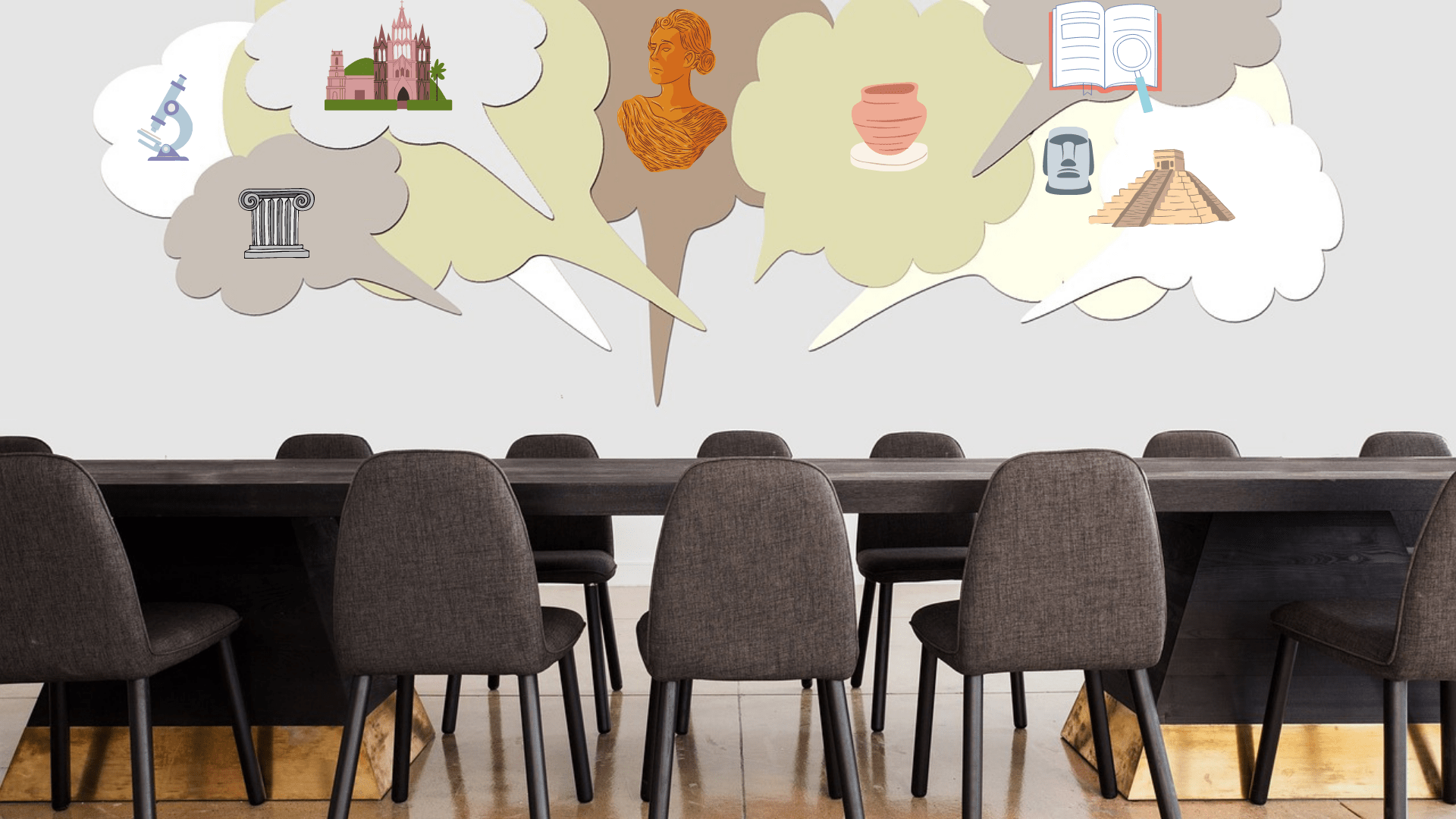
In cooperation with our network partners ICOMOS and the Verband der Restauratoren e. V. (Association of Restorers e.V.) HAWK plans a conference on 7-8 May on the topic “The Fragment In the Digital Age – Opportunities and limitations of new conservation-restoration techniques”.
International Conference by the HAWK
(Faculty of Architecture, Engineering and Conservation and the Hornemann Institute)
in cooperation with
the German National Scientific Committee for Conservation-Restoration of ICOMOS
and the Verband der Restauratoren e. V. (Association of Restorers e.V.)
When: 7-8 May 2021
Where: HAWK, Aula, Hohnsen 2, 31134 Hildesheim, Germany
The conference is planed as a hybrid event, i.e. a smaller group is physically on the premises of HAWK, while a larger part is connected online. Lectures can be held on site and can also be transmitted as online contribution. In this way, we hope to increase the number of participants, to increase the reach and at the same time to be able to guarantee compliance with COVID regulations.
Please register for online: Registration
Agenda (pdf, 985 KB)
Technical requirements for the video conference
Topic
Works of art are mostly handed down in fragments. The handling of the fragment, its investigation, preservation and mediation are among the central tasks of conservator-restorers operating in the preservation of cultural monuments, in museums and libraries. The treatment of the fragment has always depended on the respective social context and the taste of contemporary times – this is still true today: between the two poles of complete restoration on one side and the preservation of the fragmentary state on the other, there are the most diverse possibilities of real or virtual reintegration, based on different theoretical principles. The new media offer us even more efficient methods and techniques of virtual supplementation and the mediation of fragmentary works, and these have found great social acceptance. They have undoubtedly changed the way we look at cultural heritage. How can we use them for their best possible preservation and presentation?
The major conferences in Germany on the subject of the digital in restoration and monument conservation until our call for papers in Summer 2019 (including “Das Digitale und die Denkmalpflege”, 2016, published 2017; “museum-3-d-digital”, February 2018; “3D – Durchblick oder Datenmüll? Dreidimensionale Scanverfahren in der Konservierung/Restaurierung”, March 2018; “das-digitale-objekt”, December 2018), devoted themselves not only to the various areas of application of digital technology, but also to the sustainable management and linking of the data generated.
This conference would now like to focus on what the new digital possibilities mean for the preservation and mediation of the historical fragment. Experts from various disciplines currently perceive “a gap between the increasing importance and professionalization of the visual reconstruction of the historical on the one hand and the theoretical foundation of such activities on the other” (e. g. Blokker 2017, after Hoppe/Breitling 2016).
Do today’s possibilities lead to more or fewer interventions of restoration? The step towards reconstruction or partial reconstruction becomes simpler, but the demand for differentiation between the original and the time-bound suggestions of the supplement becomes stronger. Often the digital representation seems to draw all the attention to itself and the original fragment is pushed into the background. But also the opposite tendency, the desire for more materiality, is increasingly gaining relevance.
How can digital technology increase the acceptance of the fragmentary original? The new possibilities certainly help in the visualization of research results and in the communication between experts and society and also offer great opportunities for the sustainable preservation of our cultural heritage.
The speakers
Experts from eight countries from various disciplines, such as conservation/restoration, art history, architecture, archaeology, computer science and the psychology of perception, will provide answers. The case studies outline almost 2000 years of cultural history and come from very different contexts and art genres. They are fragments of architecture, large sculptures, paintings, murals, plaster relief, marble sculpture, and ceramics.
The objective
The aim of the critical debates at the conference is to produce a charta on how to deal with the fragment in the conservation-restoration sciences. The established ethical and theoretical principles of conservation-restoration must take into account the new digital possibilities with additional considerations of principles. Scientific standards should also apply to the digital world, i.e the objective and speculative parts of virtual reconstructions must be clearly identifiable for viewers, and their psychological effects on perception must be recognised.
Conference languages
The conference languages are German and English. Simultaneous translation is not possible.
Conference documentation
The conference documentation will be published as a pre-print of the conference under the following title:
Das Fragment im Digitalen Zeitalter. Möglichkeiten und Grenzen neuer Techniken in der Restaurierung. (The Fragment in the Digital Age. Opportunities and limitations of new conservation-restoration techniques.) Proceedings of the interdisciplinary conference of the HAWK University of Applied Sciences and Arts Hildesheim/Holzminden/Göttingen in cooperation with ICOMOS AG Konservierung-Restaurierung and the Verband der Restauratoren e. V., May 7-8, 2021 in Hildesheim, edited by Ursula Schädler-Saub and Angela Weyer, Hildesheim 2021 (= Schriften des Hornemann Instituts, vol. 21)
Supported from the funds of the “Niedersächsisches Vorab”
Source:
Title image: Conference | CC pixabay/ Gerd Altmann.
Archaeological Heritage Network is made possible by many national and international partners. The Federal Foreign Office and the Gerda Henkel Foundation supports the network.
